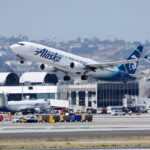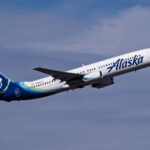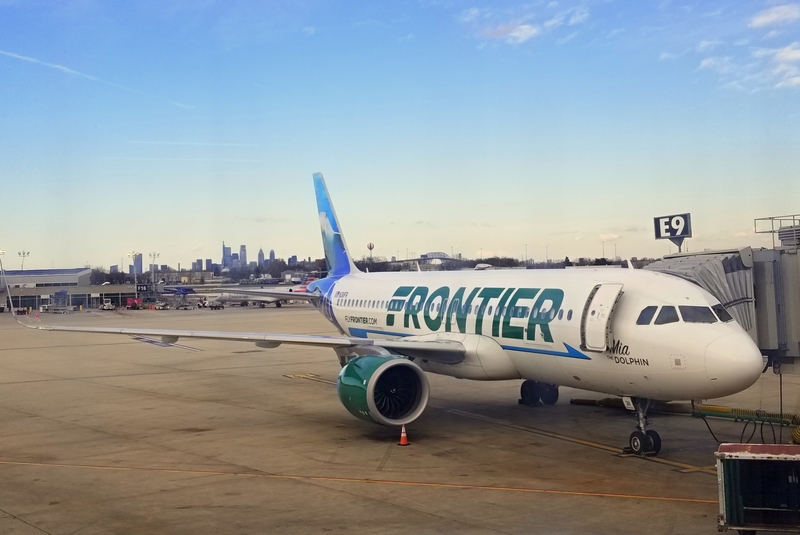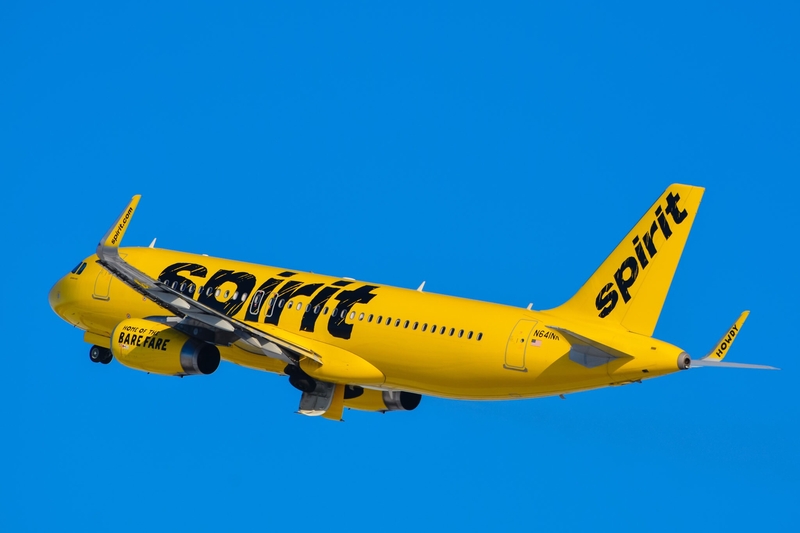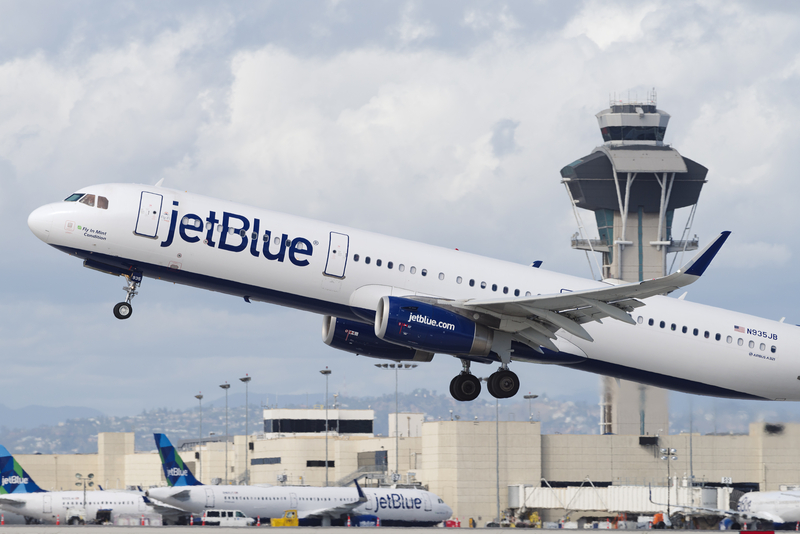Alaska Airlines Drops Codeshares With Singapore & LATAM
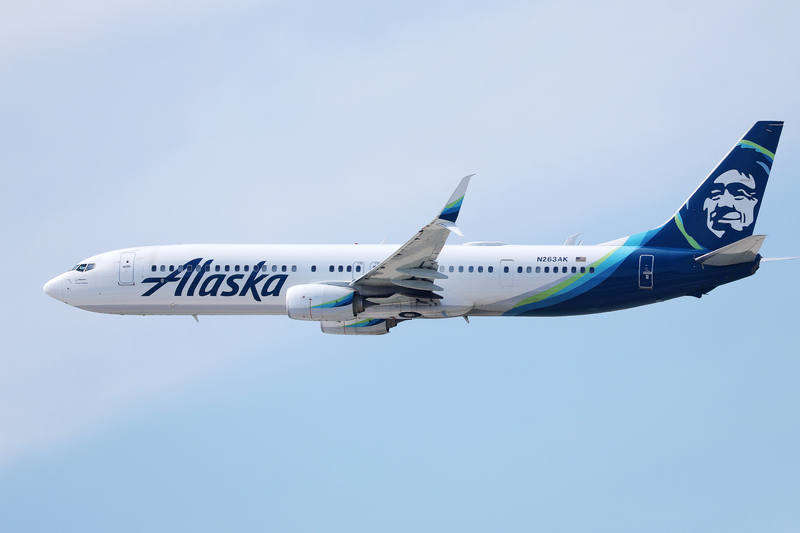
ID 171240739 | Alaska Airlines © Colicaranica | Dreamstime.com
Alaska Airlines has ended its codeshare agreements with Singapore Airlines and LATAM. The carrier told the U.S. Department of Transportation those deals are “no longer effective.” Importantly, interline agreements remain in place—so you can still be ticketed on combined itineraries with through-checked bags, just without AS flight numbers on SQ/LA segments or reciprocal mileage perks tied to codeshares.
Why it likely happened
Alaska’s network is in flux. The airline is integrating widebodies acquired through the Hawaiian merger, reshaping its long-haul ambitions, and recalibrating partner mix around where it sees the most feed and loyalty value. Codeshares are great when they grow profitable traffic; they’re costly distractions when they overlap with stronger partners or don’t deliver.
What this means for travelers (practically)
-
Bookings & rebooking: Existing tickets still work, but you’ll no longer see SQ/LA flights sold as AS-coded options going forward. Interline remains for end-to-end tickets and bags.
-
Earning & redeeming: Expect fewer (or no) opportunities to earn/redeem Alaska miles on SQ/LA via AS-coded segments. Check your itinerary—earning rules on pure interline tickets are different from codeshares.
-
Elite benefits: Lounge access and priority services tied to oneworld status don’t apply to non-oneworld partners. Losing a codeshare generally narrows recognition vs. an alliance partner itinerary.
What Alaska added instead
Two relationship upgrades soften the blow:
Starlux gets a bigger footprint
Alaska and Starlux expanded beyond the initial eight U.S. connections via SEA and SFO to ~20 cities, adding places like ATL, MSP, TPA, RDU, IAD, EWR, ANC, and more. That’s a clearer West Coast–Taipei funnel with far wider domestic feed.
Icelandair deepens—and a new flight to Iceland
Marking 15 years together, Alaska and Icelandair enhanced their codeshare and mileage reciprocity. Alaska also announced Seattle–Reykjavik daily from May 28, 2026 (summer seasonal), handing AS customers one-stop access to 35+ daily Europe flights on FI.
Big picture: the partner strategy
Alaska’s partner web now leans into three tiers:
-
oneworld: the full benefits crew (AA, BA, JL, QF, QR, IB, CX, etc.).
-
Earn & redeem partners beyond oneworld (e.g., Aer Lingus, Air Tahiti Nui, Condor, Icelandair, Starlux, Korean, Porter, PAL, Hainan).
-
Earn-only regionals (e.g., Cape Air, Southern, Mokulele) that stitch together thin domestic spokes.
Shedding Singapore and LATAM codeshares simplifies overlap with oneworld options and re-focuses AS’s Asia/Europe connectivity where it controls better feed (Starlux, Icelandair) and has clearer loyalty economics.
Should you change your plans?
-
If you relied on AS-coded SQ/LA segments for mileage earning or upgrade logic, start pricing oneworld options or Starlux/Icelandair routings where they fit.
-
If you just need a single-ticket, through-bag solution, interline still does the job—just mind the mileage chart fine print.
-
For Asia via the West Coast, Starlux through TPE now reaches far deeper into the U.S. on AS metal. For Europe, Icelandair via KEF plus AS’s new SEA–KEF nonstop broadens choices.
Bottom line
Alaska is pruning codeshares that don’t pull their weight and doubling down where it sees leverage: Starlux for Asia feed and Icelandair for transatlantic reach. The net effect for most flyers: fewer AS-coded options on Singapore/LATAM, but more clean itineraries (and mileage opportunities) via partners that align tightly with Alaska’s network—and its future widebody ambitions.
